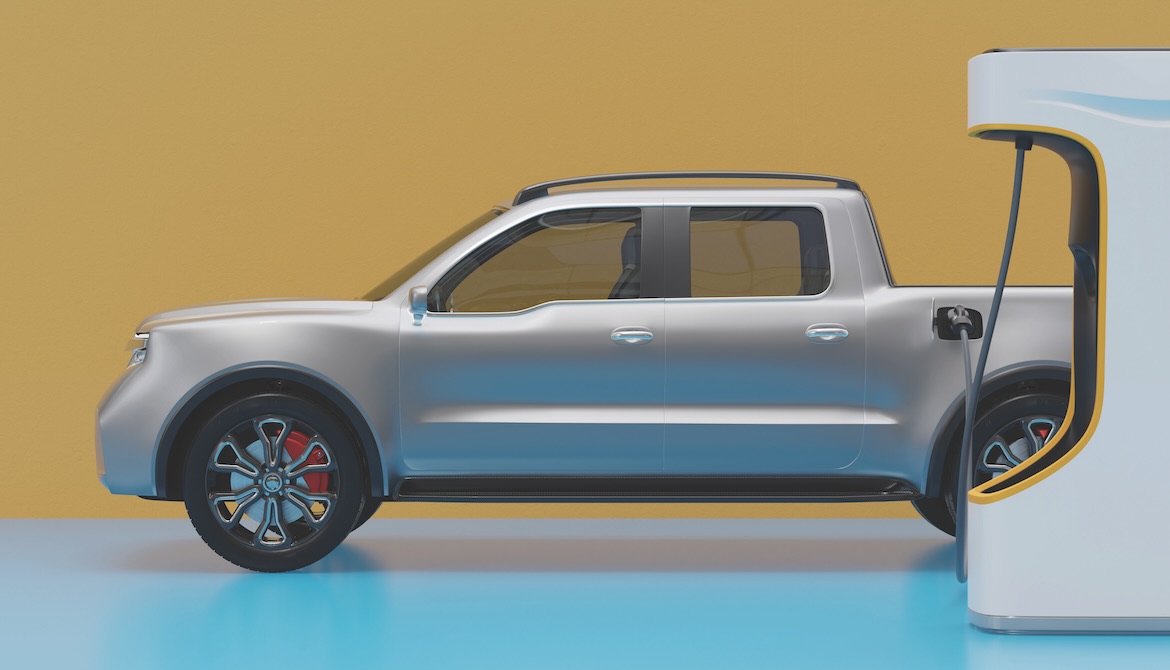3 minutes
Are they coming on strong or unlikely to sweep the market?
If volts are replacing gallons in the car world, does that change auto lending for credit unions?
Electric vehicles are coming on strong, says Bob Child, chief operating officer of Origence, a CUES Supplier member based in Irvine, California. “The manufacturers are committed,” he says. “They introduced 32 new EV models in 2023 and are slated to introduce 50 more in 2024.”
Currently EVs make up just 7.2% of car sales, but that number is doubling every year, he reports. “By 2028, I can see them comprising half of the new car sales. It’s changing the top of the funnel in new cars. CUs need to reposition themselves around the top of that funnel.”
Past growth has depended on delivering traditional car models powered by electricity. The popular pickup truck and sport utility vehicle models will be just starting to turn electric in 2024, Child reports.
“People love pickup trucks,” he notes. “In the first quarter of 2023, only 3% of the EV sales were pickups and SUVs. That will change dramatically. We know the electric Escalade and the Tesla truck are coming.”
When EVs are sold direct to consumers, as many are, buyers may go to their CU to line up financing, Child explains. Or the big EV players now have a financing link on their platforms that connects buyers to one or two banks for online financing. CUs need to find a way to get into that mix, he says.
With short manufacturing track records, EV warranties have also been short, typically just three years, Child reports. Meanwhile, cars are lasting longer, an average age of over 11 years. That will help justify an uptick in 84-month car loans in 2024, he predicts. “Duration is the only real lever CUs have to bring down car payments,” he says. Gas-powered cars have more than 2,000 parts; EVs have fewer than 200, Child points out, so that means fewer parts to replace over long durations.
In contrast, CUES member Bill Vogeney is skeptical that electric vehicles will sweep the market. He’s the chief revenue officer of $9.8 billion Ent Credit Union, Colorado Springs. The hot market for electric vehicles has cooled off, he notes, as supply has finally outpaced demand in 2023.
“In addition, experts have questioned whether there are enough rare-earth metals to produce batteries for an EV fleet,” Vogeney points out. CUs could be offered a deal to finance EVs at cut rates as a way of getting in “on the ground floor,” he suggests, but they should be wary of such offers.
Insurance rates for EVs have been climbing faster than for traditional cars, Vogeney notes, because insurers are more likely to total out an EV after an accident than try to anticipate repair costs. For example, Tesla has designed its vehicles with the batteries outside the traditional frame. Even a fender-bender in an EV could cause damage that wouldn’t be detected until the car is “opened up.” Thus, it’s easier to total an EV if further damage is suspected. cues icon
Richard H. Gamble writes from Grand Junction, Colorado.





